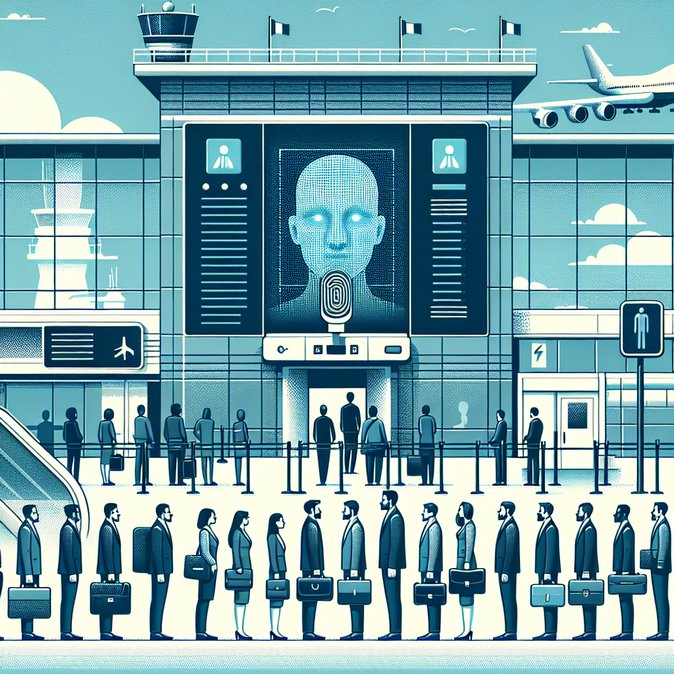
Switzerland’s Zurich Airport became the latest Schengen border to switch on the European Union’s Entry/Exit System (EES) on Monday, 19 November 2025, deploying automated gates, self-service kiosks and facial-image capture towers supplied by German vendor Secunet. Although Switzerland is not an EU member, it applies Schengen rules, making the rollout relevant to French citizens transiting through Zurich on long-haul itineraries.
Under EES, non-EU travellers – including French residents holding third-country passports – must provide fingerprints and a live facial image on first entry, with data stored for three years. Subsequent crossings require document scans and biometric verification, a process Zurich’s authorities say should take “well under one minute” at the new easygate lanes.
![Zurich Airport Activates EU Entry/Exit System; French Travellers Face New Biometric Formalities]()
Air France and Swiss International Air Lines have issued joint guidance reminding transit passengers to allow extra time for tight connections, especially during the learning phase. Travel-management companies in Paris report that connecting itineraries via Zurich now carry advisory buffers of 45 minutes instead of 30.
The activation adds momentum to EES deployment across the continent ahead of France’s own phased introduction at the Port of Dover and Eurostar terminals next year. Mobility teams should update traveller briefings, ensure dual-national employees carry the appropriate passport to benefit from EU/EEA lanes, and verify that frequent-flyer profile data matches machine-readable documents to avoid kiosk errors.
Under EES, non-EU travellers – including French residents holding third-country passports – must provide fingerprints and a live facial image on first entry, with data stored for three years. Subsequent crossings require document scans and biometric verification, a process Zurich’s authorities say should take “well under one minute” at the new easygate lanes.

Air France and Swiss International Air Lines have issued joint guidance reminding transit passengers to allow extra time for tight connections, especially during the learning phase. Travel-management companies in Paris report that connecting itineraries via Zurich now carry advisory buffers of 45 minutes instead of 30.
The activation adds momentum to EES deployment across the continent ahead of France’s own phased introduction at the Port of Dover and Eurostar terminals next year. Mobility teams should update traveller briefings, ensure dual-national employees carry the appropriate passport to benefit from EU/EEA lanes, and verify that frequent-flyer profile data matches machine-readable documents to avoid kiosk errors.







